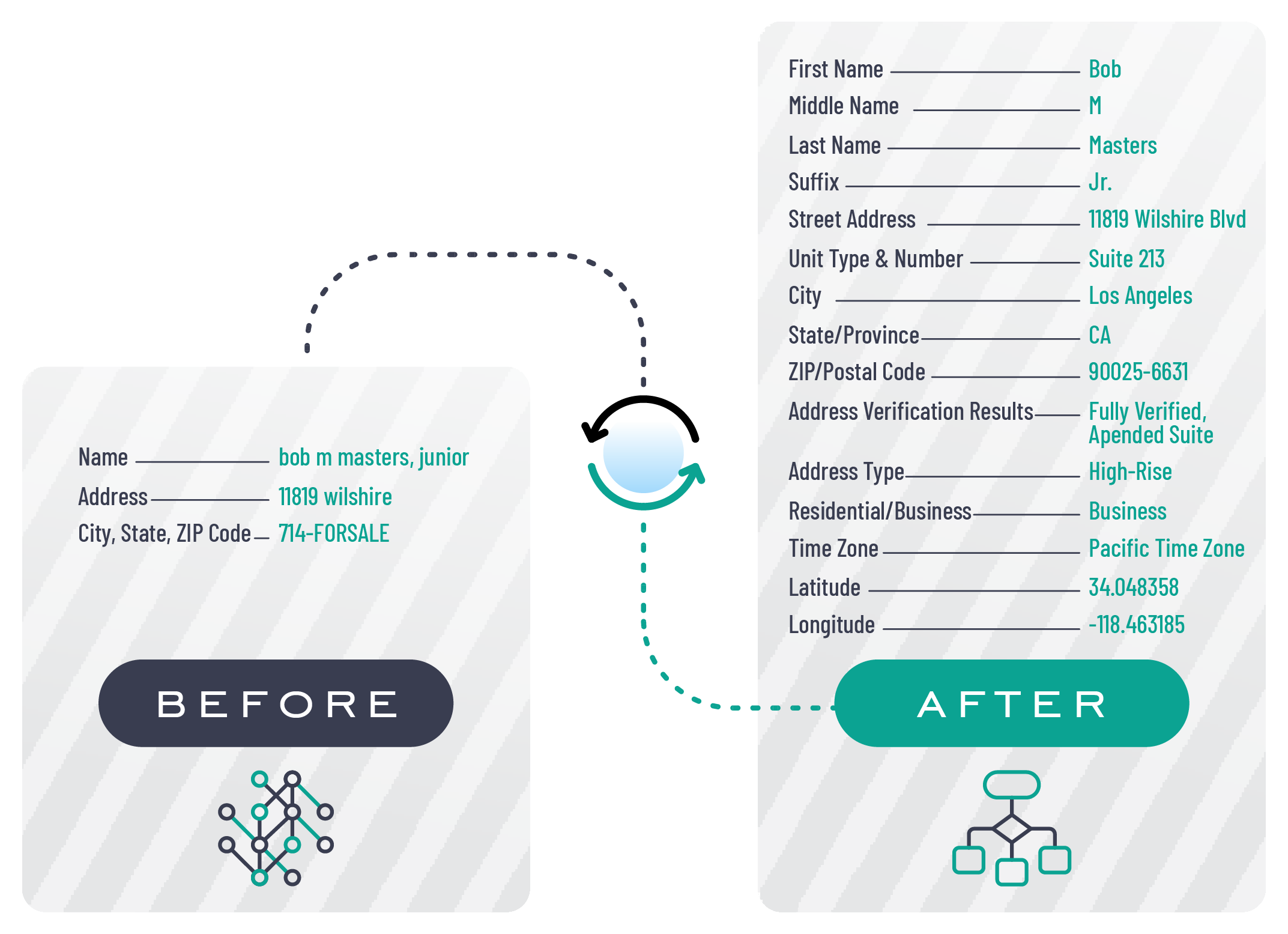Master Data Management: Simplifying Complexity with Master Data Services

Master Data Management (MDM) is a crucial process that organizations implement to ensure that their critical data is consistent, accurate, and controlled across the enterprise. With the rise of big data and the complexities of managing data in various systems, MDM has become more important than ever. One of the key tools in MDM is Master Data Services (MDS), which helps simplify the management of master data across different business units and systems.
The Importance of Master Data Management
Master data is the core data that is essential to operations in a specific business or business domain. It represents the business entities that are agreed upon and shared across an organization. Examples of master data include customer data, product data, employee data, and more. Ensuring the quality and consistency of master data is crucial for organizations to make informed decisions, improve operational efficiency, and maintain regulatory compliance. To find the best data enrichment services, you can also click over this website.
Challenges in Master Data Management
- Multiple sources of data leading to inconsistencies
- Data silos within the organization
- Lack of standardized processes for data management
- Data quality issues impacting decision-making
Benefits of Master Data Management
- Improved data quality and consistency
- Enhanced decision-making based on accurate data
- Increased operational efficiency
- Regulatory compliance and data security
Master Data Services (MDS)
Master Data Services is a feature of Microsoft SQL Server that enables organizations to manage their master data in a centralized repository. It provides capabilities for data integration, data quality management, and data governance. With MDS, organizations can define data models, create hierarchies, enforce data validation rules, and manage data access permissions.
Key Features of Master Data Services
- Centralized repository for master data
- Data modeling and hierarchies
- Data validation and business rules
- Versioning and audit trails
- Security and data access controls
Benefits of Master Data Services
- Single source of truth for master data
- Improved data quality and consistency
- Streamlined data governance processes
- Enhanced collaboration across business units
Implementing Master Data Services
Implementing Master Data Services involves several key steps to ensure successful deployment and adoption within an organization.
Steps for Implementing MDS
- Assess current data management processes and identify pain points
- Define data models and hierarchies based on business requirements
- Configure data validation rules and business rules
- Set up security roles and data access permissions
- Train users on MDS usage and best practices
- Monitor and measure the effectiveness of MDS implementation
Best Practices for Master Data Management
- Establish data governance policies and procedures
- Ensure ongoing data quality monitoring and maintenance
- Promote cross-functional collaboration for data management
- Regularly review and update data models and rules
- Integrate MDS with other data management tools and systems
Conclusion
Master Data Management is essential for organizations to ensure data accuracy, consistency, and governance across the enterprise. Master Data Services offers a powerful solution for simplifying the complexities of managing master data and enabling organizations to make better decisions based on high-quality data. By implementing MDS and following best practices for data management, organizations can unlock the full potential of their data assets and drive business success.

